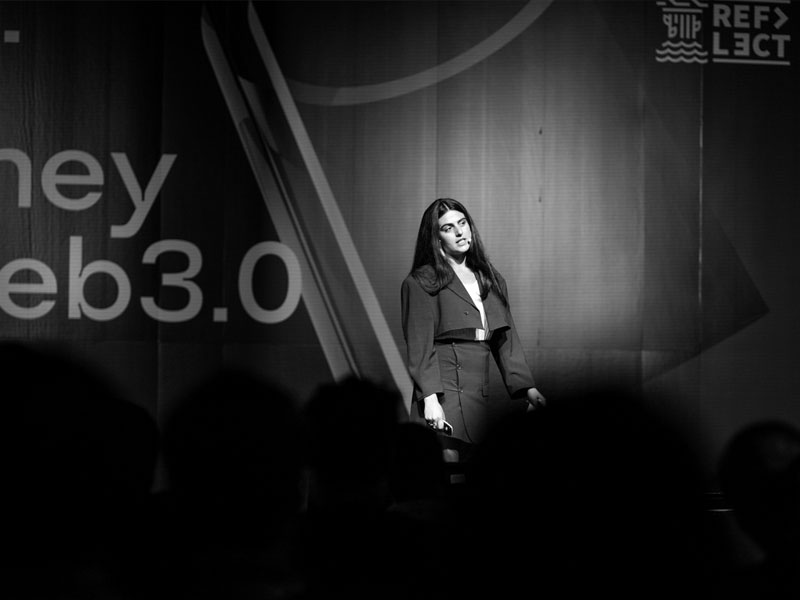The Metaverse, a collective virtual shared space created by the convergence of virtually enhanced physical reality and physically persistent virtual spaces, has started to revolutionize the way we perceive and interact with the world. By pushing the boundaries of creativity and enabling unprecedented forms of connectivity, the Metaverse is reshaping our digital and physical landscapes in ways that were once confined to the realm of science fiction.
Expanding Creative Horizons
One of the most significant impacts of the Metaverse is its ability to unleash creativity in ways never before possible. In traditional mediums, artists and creators are often constrained by physical limitations and two-dimensional canvases. The Metaverse, however, removes these constraints by providing a three-dimensional, immersive environment where imagination can run wild.
Creators can now build expansive virtual worlds, intricate 3D models, and interactive experiences that engage users on a deeper level. Virtual art galleries can host exhibits where visitors not only view the artwork but also walk through and interact with it in a fully immersive setting. This transforms the viewer’s experience from passive observation to active participation, fostering a deeper emotional connection with the art.
Musicians and performers can also benefit, creating virtual concerts and performances that are not limited by physical venues. These events can offer unique experiences such as interactive environments, avatars of the artists, and even special effects that would be impossible in the real world. This not only enhances the artistic expression but also broadens the audience reach.
Redefining Collaboration
The Metaverse facilitates a new era of collaboration, allowing individuals from around the globe to work together in real-time within a shared virtual space. This level of connectivity transcends geographical boundaries and time zones, enabling a more fluid exchange of ideas and innovations. Teams can collaborate on complex projects, conduct virtual meetings, and brainstorm in environments that mimic or even enhance real-world settings.
Industries such as architecture and design can greatly benefit from this. Professionals can create and modify virtual models of buildings and spaces collaboratively. These virtual models can be explored and altered in real-time, making the design process more efficient and interactive. The Metaverse’s ability to support such dynamic collaboration not only accelerates the pace of innovation but also democratizes access to creative tools and platforms.
Transforming Perception and Interaction
Another groundbreaking aspect of the Metaverse is its ability to transform how we perceive and interact with digital content. Traditionally, our interaction with digital media has been limited to screens and flat surfaces. The Metaverse changes this by offering a fully immersive 3D experience that engages multiple senses and provides a sense of presence and spatial awareness.
Virtual reality (VR) and augmented reality (AR) technologies enable users to step inside a digital world and interact with it as if it were a physical space. This immersion can be leveraged in numerous ways, from virtual training simulations that replicate real-world scenarios to virtual tourism experiences that allow users to explore distant places without leaving their homes. By providing a more intuitive and engaging way to interact with digital content, the Metaverse enhances learning, entertainment, and social interactions.
For example, in education, students can take virtual field trips to historical sites, deep-sea explorations, or even outer space, providing experiences that are impossible or impractical in the physical world. This method of learning can make education more engaging and impactful.
Global Connectivity and Cultural Exchange
The Metaverse’s potential for global connectivity is one of its most exciting prospects. By creating a shared virtual space where people from all over the world can interact, it fosters a new level of cultural exchange and understanding. Users can attend virtual events, participate in global conferences, and engage with diverse communities, all from the comfort of their homes.
This global connectivity opens up new opportunities for education and professional development. Students can attend virtual classes taught by instructors from different parts of the world, gaining access to diverse perspectives and expertise. Similarly, professionals can participate in international workshops and training sessions, enhancing their skills and knowledge without the need for travel.
Virtual marketplaces within the Metaverse also allow for global commerce, where individuals can buy and sell digital and physical goods. This can lead to new economic opportunities and the growth of digital economies, benefiting entrepreneurs and consumers alike.
Conclusion
The Metaverse is more than just a technological advancement; it is a paradigm shift that is redefining the boundaries of creativity and connectivity. By offering immersive, interactive experiences and fostering global collaboration, the Metaverse is unlocking new possibilities for how we create, connect, and experience the world. As we continue to explore and develop this digital frontier, the potential for innovation and transformation is limitless, heralding a new era of digital interaction and creativity.













